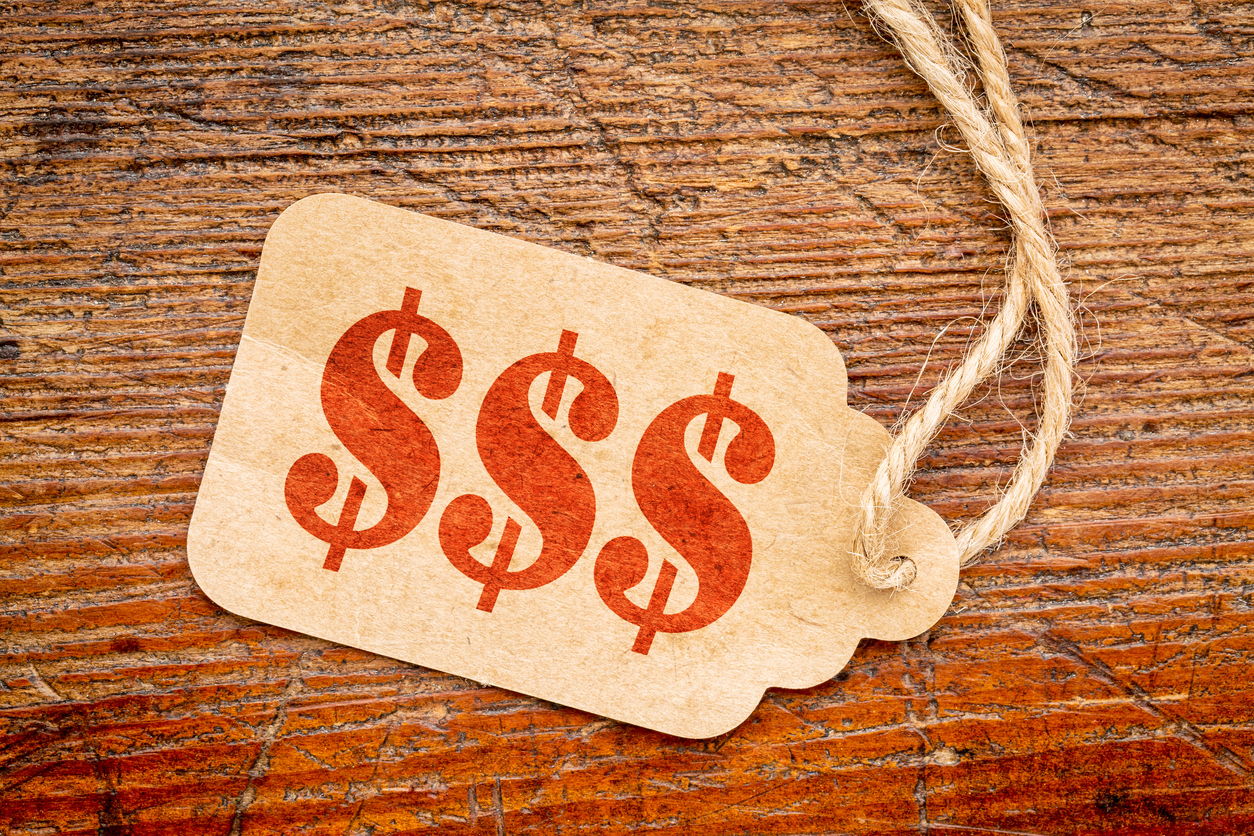Pricing products can be a challenging task, but it is also very important to get it right. Incorrectly priced products can seriously damage your profits and hinder business growth. It becomes difficult to know when to lower your price and when to hike it up. What to do? We’ve reviewed and summarised some research from sources such as the Harvard Business Review (HBR) to bring you the following useful strategies:
Competitive pricing
Have a look at what competitors charge for their products and how your products compare to the competition. With proper product comparison you can identify which added features your product has, or perhaps, what sets it aside from competitors. Weigh up the added benefits of purchasing your product and consider if it demands a higher price. Similarly, if your product lacks certain features evident in a competitor’s product, then consider lowering your price. Keep it competitive but also realistic in terms of what your product has to offer.
High versus low
According to research, consumers frequently use price as an indicator of product quality. Consumers regard high-priced items to be of a higher quality, despite there being no scientific proof that the high-priced item is indeed superior. Therefore, be careful when pricing your products high, as customers will expect the quality to be top-notch. Be prepared to deliver on customer expectations, and make sure your product can stand up to its price tag.
Unfortunately, the same applies when a product is priced at a lower price. In the mind of the consumer, it must therefore be of a lower quality. This can be a very hard obstacle to overcome, especially if your products are relatively new to the market and need to prove its worth. Brand loyalty takes a long time to earn, so make sure you show new customers that even at a lower price there is no skimping on quality.
Perceived value versus a value-added strategy
Warren Buffet once said, “Price is what you pay. Value is what you get.” When it comes to the perceived value of a product, it is in many ways similar to the sense of ‘high price equals high quality’. Often small businesses need to work harder to establish their brand, and in the early days it can be difficult to gain trust. Well-known brands have the upper hand when it comes to perceived value as customers will pay a premium for these brands. Once your brand is established you can follow a perceived value pricing strategy but you need to make sure your product does deliver on value and quality. No one is going to pay top dollar if your product is clearly lagging behind.
Another pricing strategy, perhaps more suited to small businesses, is value-added pricing where you effectively add value to your product and then charge more. The beauty of this pricing strategy is that clients are made aware of added benefits, and thus value, that your product has compared to competitors. According to economist and author, Prof Michael Porter (cited in HBR), customers will happily pay a higher price as long as they know they are getting value for money.











